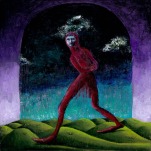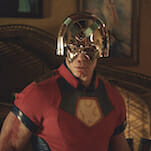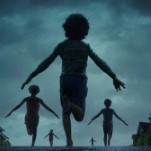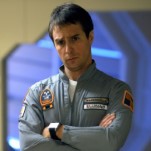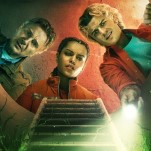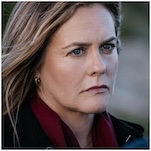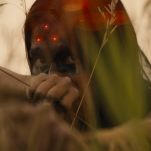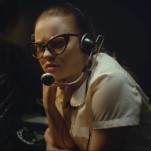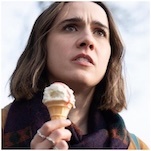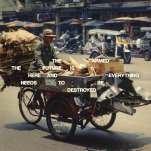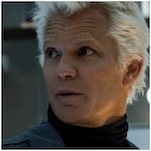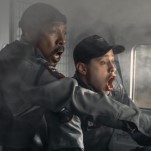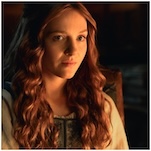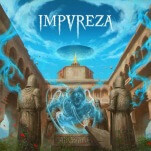Chris Jericho Discusses Chris Benoit and Vice’s Dark Side of the Ring
Photos courtesy of Vice, except Chris Jericho photo courtesy of AEW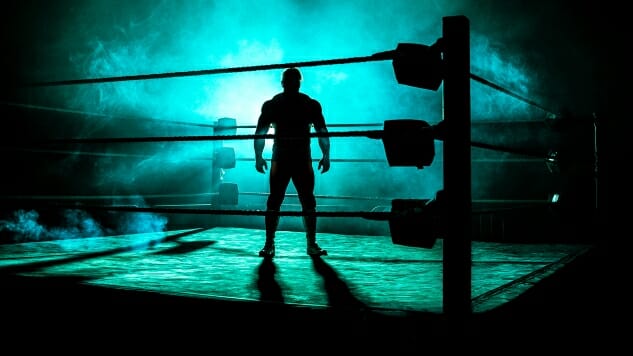
When Vice launched a pro wrestling documentary series on its TV channel last year, wrestling fans and insiders had a reason to fear the worst. It’s too easy to sensationalize the violence and tragedy that has flared up within this unusual business, and to treat the entire concept of wrestling as something to be mocked and looked down upon. Dark Side of the Ring didn’t do either, though. That first season featured a series of respectful, well-produced documentaries that helped fill in some of the gaps of wrestling history for fans new and old alike. It didn’t just stick to the most famous wrestlers, and unlike most mainstream media about wrestling, it didn’t suffer under the delusion that WWE—and WWE only—was the entire wrestling business. From the start Dark Side of the Ring has tried to present a historically accurate account of a wide range of subjects, eschewing the distorted history of wrestling presented by WWE. In doing so it earned the respect of those who would have been its toughest critics—wrestling historians, fans, and some of the wrestlers themselves.
This week the show returns to Vice TV with a second season of 10 episodes, starting with this week’s premiere of a two-part episode about Chris and Nancy Benoit. This is the greatest tragedy of modern wrestling, an endlessly depressing case of a wrestler beloved by hardcore fans who murdered his wife (who was also a fantastic performer) and their seven-year-old son before taking his own life. Much has been written and said about the Benoit murder-suicide over the last 13 years, but Dark Side of the Ring presents the most definitive—and emotionally devastating—account so far. It’s greatly helped by the thoughts and memories of some of Benoit’s closest friends, including Chavo Guerrero, Dean Malenko, Vickie Guerrero, and Chris Jericho, who all appear throughout to candidly discuss their relationships with the Benoits. More poignantly, Chris Benoit’s first son, David Benoit, and Nancy’s sister Sandra Toffoloni are also extensively interviewed, deepening the emotional impact of this terrible story. Much time is devoted to the life and death of Eddie Guerrero, Chris Benoit’s best friend, whose untimely death in 2005 impacted Benoit deeply and permanently. It also digs into the concussion controversy that has surged through the sports world over the last 15 years, exploring the impact CTE and wrestling’s love of chair shots and other dangerous spots had upon Benoit’s brain. Despite its relatively short running time of just under 90 minutes, Dark Side of the Ring does a thorough job with this story, focusing on the careers of both Nancy and Chris, their relationships with their family, the impact Eddie’s death had on Chris, the events of that fateful weekend in 2007, and how the wrestling business has changed in their wake. If you haven’t seen it, you need to track it down; the full episode is currently streaming on Vice’s YouTube channel, split into two separate videos.
Chris Jericho’s involvement with the show runs deeper than this one episode. The AEW and New Japan Pro Wrestling star serves as the narrator for the rest of the season, stepping in for Dutch Mantell, who narrated the first year. You won’t hear his narration in the Benoit episode—and he addresses why in our interview below—but his familiar voice will act as our guide through future episodes about such subjects as the murder of Dino Bravo, the tragic death of Owen Hart, the crimes of New Jack, and more. Paste recently talked to Jericho about Dark Side of the Ring and the Benoit tragedy, and if you’ve seen the Benoit episode or are familiar with the story, you need to see what Jericho had to say about them.
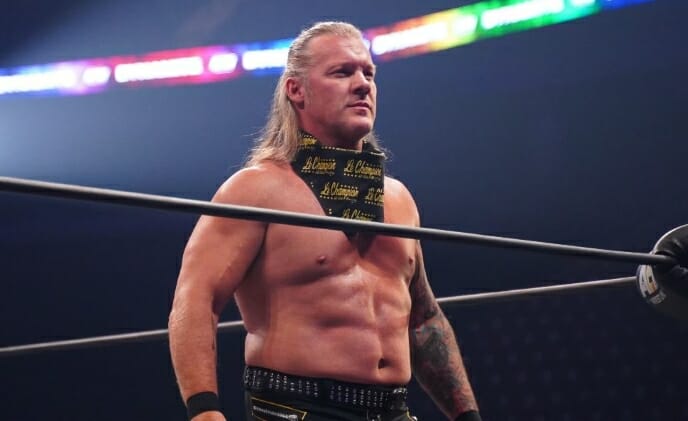
Paste: So you’ll be narrating this season, which I didn’t realize when I watched the Chris Benoit episode. That episode doesn’t have any narration; why is that, and how much narration can we expect the rest of the season?
Chris Jericho: I think because I was in it. And the story kind of told itself, the way that it was put together. I found that when we did the 10 episodes that the ones that had the more riveting stories kind of told themselves and didn’t need as much piecing together through a narrator, whereas some of the ones that were a little bit weaker, shall we say—and ALL of them are good but there are some that—to put together a 45 minute piece, some of them need a little more directional introspection from a narrator than other ones do.
Paste: What can viewers expect from your narration? How different will it be in tone from Dutch Mantell’s first season narration?
Jericho: I’m not Dutch Mantell, so there’s a different style that I have of talking, but the narrator’s not there, in wrestling terms, to get himself over. The narrator is there to move the story along and try to put together any missing pieces that there might be, so I find the more conversational that you do the more it fits the tone of the piece.
Paste: You’re known as one of the more well-spoken and creative people in the business. Did you have any input into the scripts for your narration?
Jericho: No, not really. In this case I was hired to do a… and I wasn’t originally attached to it when I did the interview for the Benoit piece, so it was kind of afterward. And I think because too it’s a Canadian company, the fact that I’m Canadian, you know, there’s probably reasons for that from that aspect as well. Whenever you have a Canadian production they always want to have as many Canadians involved as possible. I’d seen season one of the show and really enjoyed it, so I thought I’d have some fun doing it, and learn. I enjoy the history of the wrestling business as well. It was cool in a lot of different ways.
Paste: What was the general impression of that first season within the business? How did wrestlers react to it?
-

-

-

-

-

-

-

-

-

-

-

-

-

-

-

-

-

-

-

-

-

-

-

-

-

-

-

-

-

-

-

-

-

-

-

-

-

-

-

-





